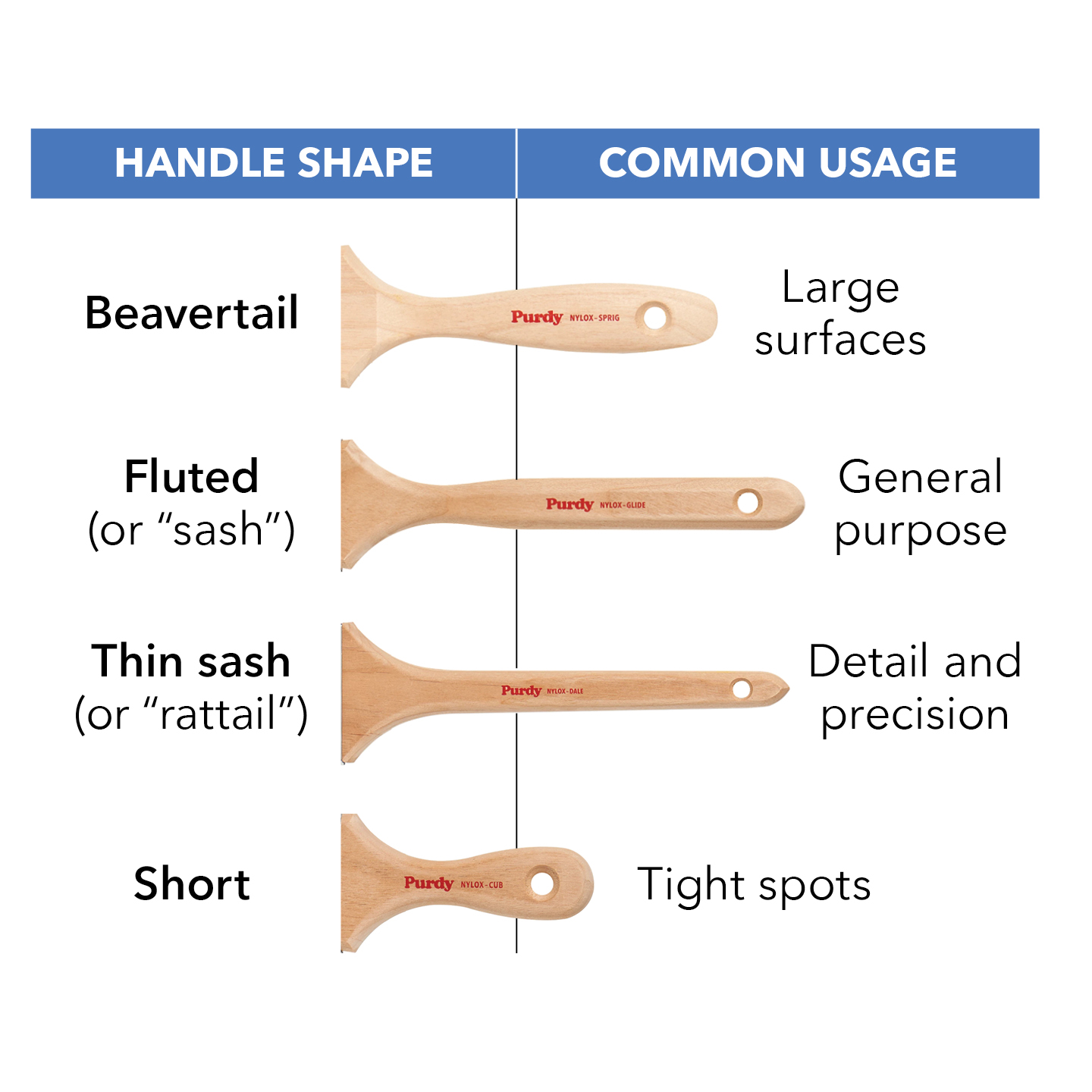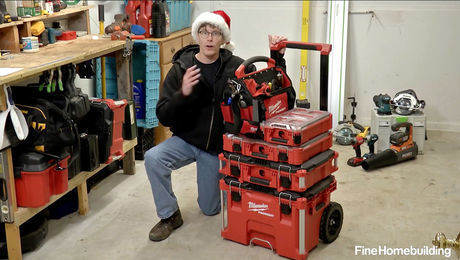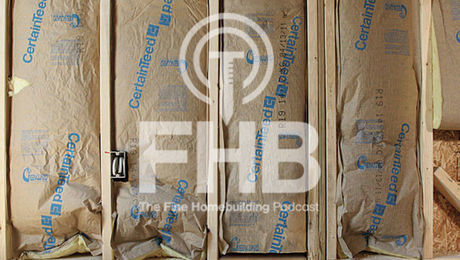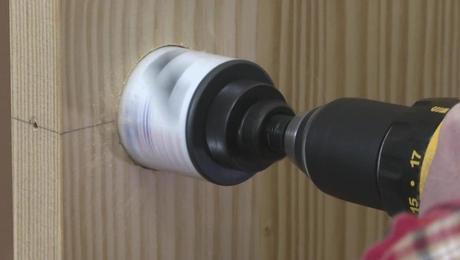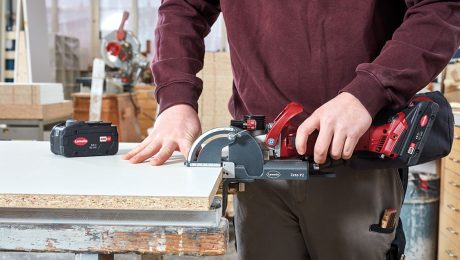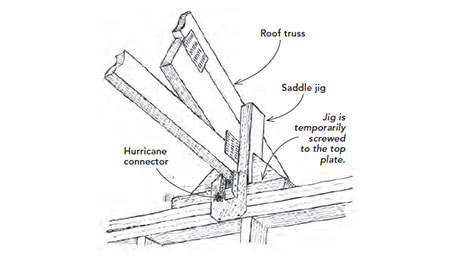Routers
Knowing the basic bits and how to guide the router will help you get the most from this versatile tool on site and in the shop.

Synopsis: This is a good beginner’s guide to routers, explaining how they work, what types of bits are commonly available and how to use the router on routine jobs like cutting hinge mortises, making loose-tenon door frames, and profiling edges.
I build custom homes for a living. This requires that I set up, at least for a short period of time, a millwork shop on the construction site. Bringing my two routers along lets me leave several heavy machines at my permanent shop. At various times I’ve used the router to perform the work of a shaper and a slot mortiser, and with my 3-in. trim bit I can put an edge on a board that looks as though it has been passed across a jointer.
Rabbeting, grooving, dadoing and edge shaping are the simple operations that most people associate with routers. But routers are versatile enough to do dozens of other useful operations, including pattern cutting, laminate trimming, mortising, dovetailing and finger jointing. Routers can cut all of the wood structural joints, including tongue-and-groove, half-laps and splines. Other more esoteric operations include straightening and flattening boards, plunging holes, making dowels, inlaying, freehand carving and even sharpening tools.
Choosing a router
A router, in its basic form, consists of a direct-drive motor/arbor assembly, a base assembly and a chuck for holding the router bits. The motor-assembly housing nests inside the base assembly (like concentric cylinders). A threaded-collar device for raising and lowering the motor assembly relative to the base unit changes the depth of cut.
There are many routers on the market. Their rated outputs range from 1/4 hp to 3 1/4 hp, while their rated speeds range from 18,000 to 30,000 rpm. Because of this they can produce smooth, crisp cuts and leave the wood fairly free of telltale mill marks. There are specialty routers that only trim plastic laminates, overhead pin routers that do pattern cutting and edge trimming, and stationary routers, set upside down, that function as small shapers.
I think a good general-purpose router should be moderately large — at least 2 hp. A router this size can do everything that a small one can do except get into tight corners. This much power will keep you from overloading the motor by running it at lower than rated speeds. Small routers can manage deep cuts that remove a lot of wood, but you have to make several shallow cuts instead of a single pass. If you are thinking of using the router for more than edge-shaping, then buy a 2-hp or better router.
Rating systems for router motors vary among manufacturers, much as they do for skillsaws. This makes comparing performance a difficult if not impossible job. And don’t think that just because your Brand A electric drill is a good tool that Brand A’s router will also be good. It doesn’t always work that way. Your best bet is to consult someone who uses routers on a regular basis, or a tool dealer you trust.
For more photos, illustrations, and details, click the View PDF button below:
Fine Homebuilding Recommended Products
Fine Homebuilding receives a commission for items purchased through links on this site, including Amazon Associates and other affiliate advertising programs.
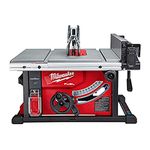
Milwaukee Cordless Tablesaw (2736)

Milwaukee Compact Cordless Router (2723-20)
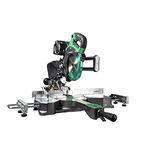
Metabo HPT Compact Cordless Miter Saw (C3607DRAQ4)


